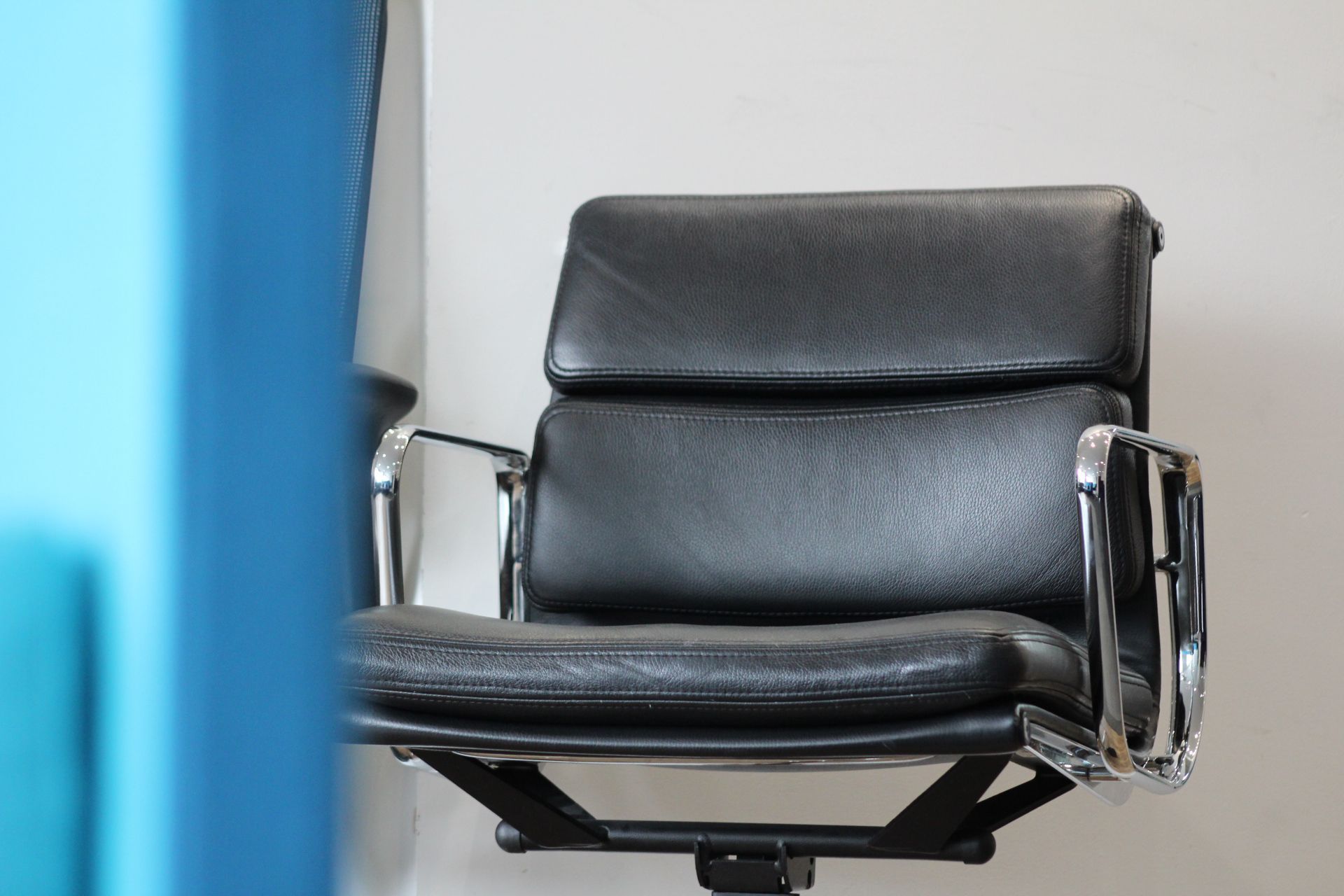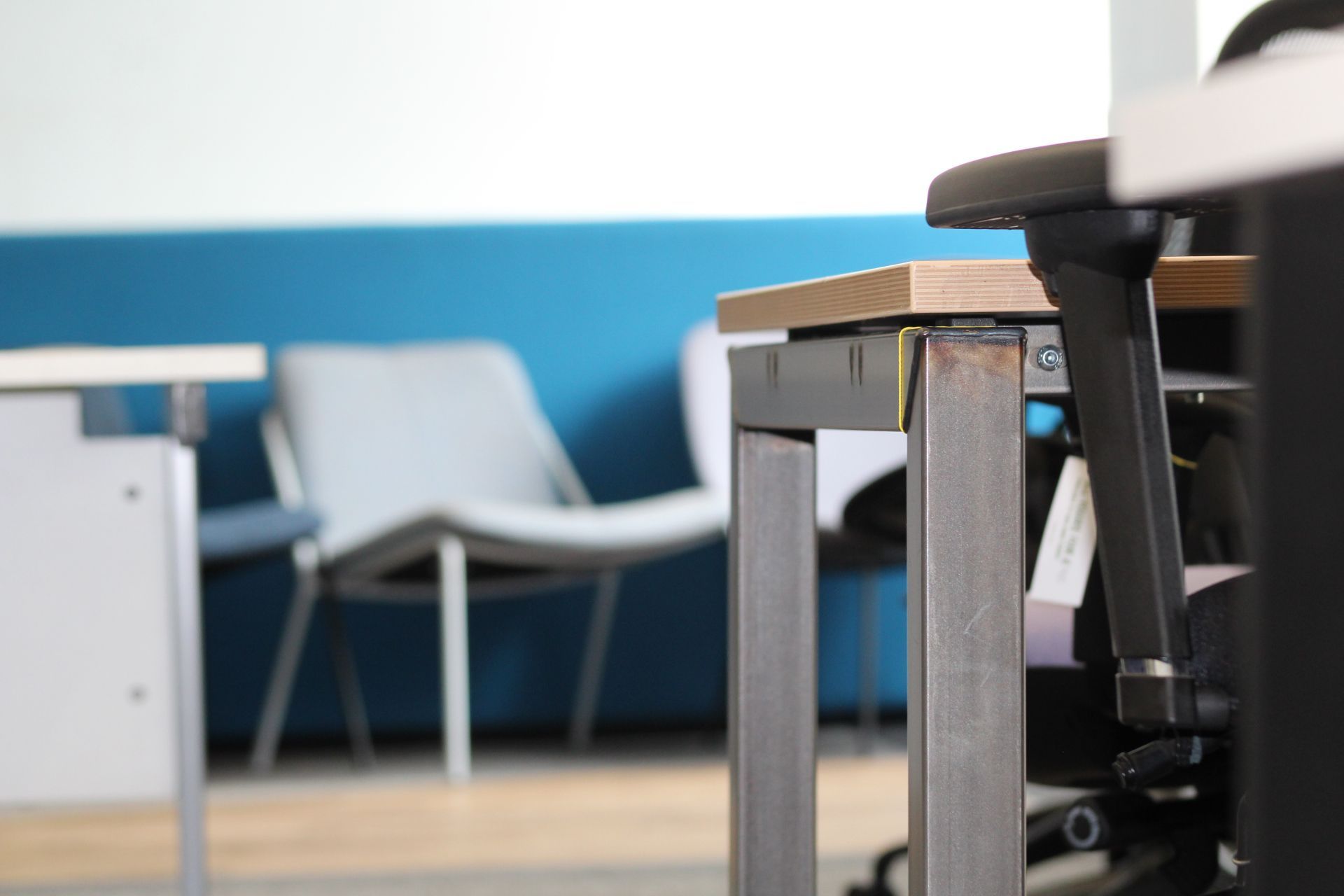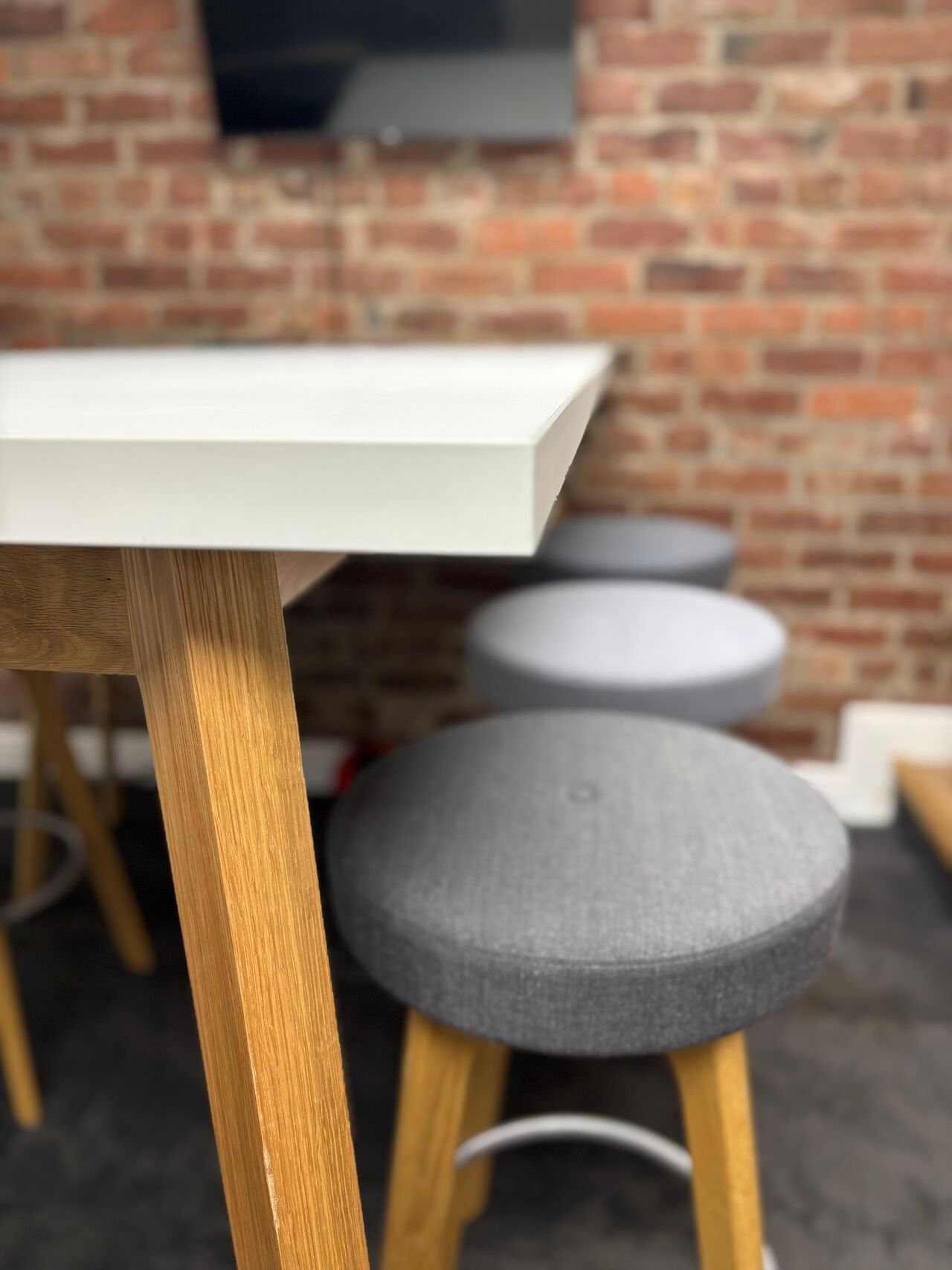Is Furniture Refurbishment Worth It for UK Firms? Grasping the Sustainable Workspace Revolution
Boosting Business Sustainability: Harnessing the Power of Office Furniture Refurbishment for a Greener and More Cost-Effective Workspace
The concept of sustainable living has permeated various aspects of our daily lives, and the workplace is no exception. As businesses continue to navigate the complexities of the modern world, the importance of implementing eco-friendly practices has become more apparent. One such practice is the refurbishment of internal office furniture, which promotes a sustainable work environment by extending the life of office furnishings. In this article, we will explore the significance of office seating reupholstery, desk resizing, and other refurbishment services for businesses across the UK and the benefits they provide.
The Rising Demand for Sustainable Workspaces
As the world continues to grapple with environmental challenges, businesses are increasingly taking responsibility for their impact on the environment. By focusing on sustainable practices, companies can reduce their carbon footprint and contribute to the global efforts towards creating a greener future.
Refurbishing office furniture is a prime example of a sustainable practice that aligns with this objective. Instead of discarding old or worn-out furniture, companies can opt for refurbishment services that breathe new life into their workspaces while simultaneously promoting sustainability.
The Benefits of Office Furniture Refurbishment
1. Cost-Effectiveness
Refurbishing existing office furniture is often more cost-effective than purchasing new pieces. Reupholstery and resizing services require fewer resources and thus represent a cost-saving alternative for businesses looking to reduce expenses. By opting for refurbishment, companies can allocate the saved resources towards other business growth initiatives.
2. Environmental Impact Reduction
Refurbishing office furniture helps to minimise the environmental impact of producing new furniture. Manufacturing new furniture often involves the extraction of raw materials, energy-intensive processes, and the generation of waste. By reusing and refurbishing existing furniture, businesses can conserve resources and reduce their overall carbon footprint.
3. Customisation Opportunities
Refurbishment services offer businesses the opportunity to customise their office furniture to better fit their brand and aesthetic preferences. By reupholstering office seating and resizing desks, companies can create unique workspaces that reflect their values and company culture.
4. Employee Wellbeing
A well-designed, aesthetically pleasing workspace can have a positive impact on employee wellbeing and productivity. By refurbishing and customising office furniture, businesses can create a comfortable and inviting environment that fosters employee satisfaction and boosts morale.
5. Supporting Local Economy
By choosing local refurbishment services, businesses not only contribute to a sustainable work environment but also support the local economy. Hiring local craftsmen and service providers promotes job creation and helps to strengthen the community.
Conclusion
Office furniture refurbishment, including office seating reupholstery and desk resizing, offers numerous benefits for businesses in the UK. By embracing these sustainable practices, companies can significantly reduce their environmental impact, save on costs, and create unique workspaces that foster employee wellbeing. As the world continues to shift towards sustainable practices, office furniture refurbishment stands as an essential component of the eco-friendly workplace of the future.




